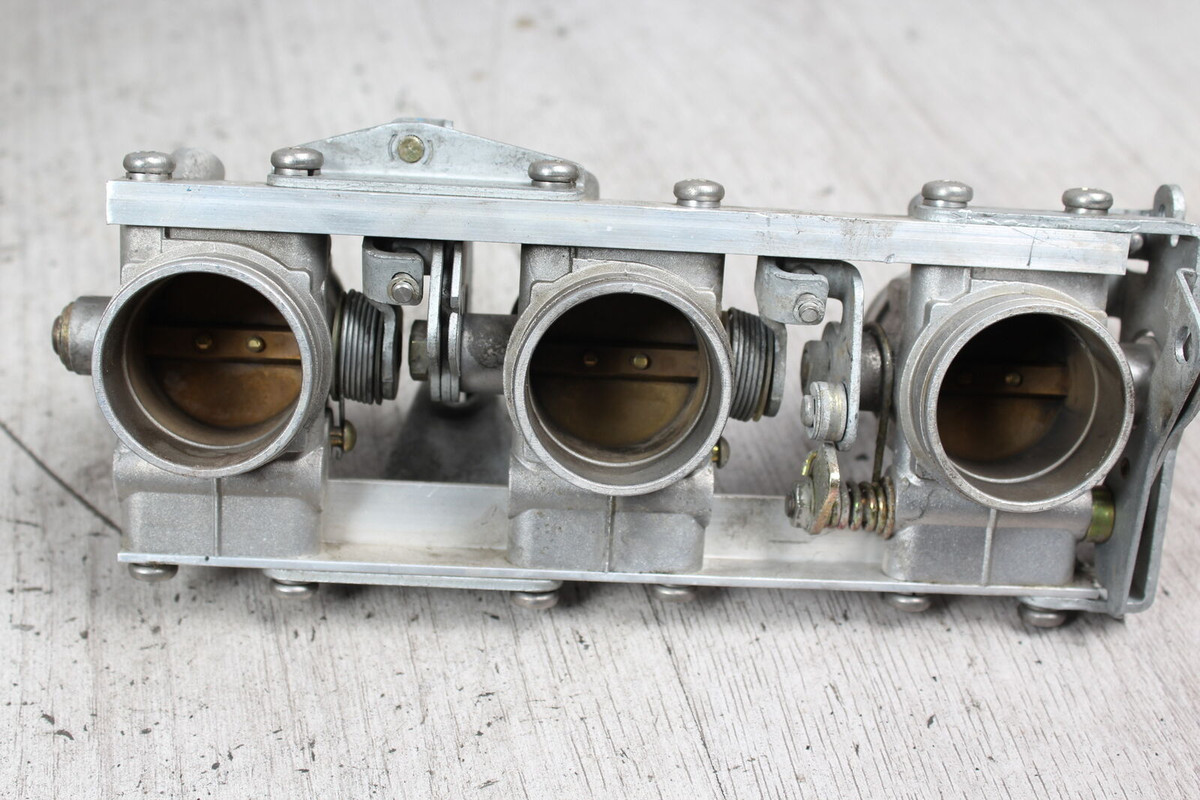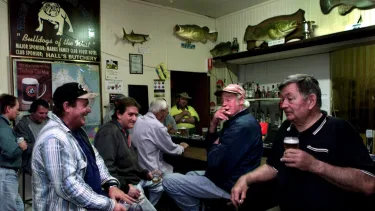Yeah my gut feeling is to leave well alone with regards to port sizing etc and most likely the sizes of the primary exhaust pipes (headers). I'll have enough to do just with the itbs and fuel injection install plus the rest of the exhaust to think about!
I have had an amazing amount of information offered by one knowledgeable fella on another forum. Most of the theory I already knew but I have learned a few more bits from this following wall of text that I will share with you all.
Put the kettle on/crack open a beer....
"
I've found Don Terril's Speed Talk to be a good forum for getting a higher quality of pub talk when it comes to engine tuning. There's an advanced engine tech subforum which you need to be signed up to access, but signing up is free. They tend to point people towards Pipemax for header dimensions, but there's still a lot of quality information on there.
It's a little tricky to calculate the cross-sectional area of ellipses as it involves regressive estimation, but having transcribed a rather long formula into excel I've got your exhaust ports coming out at 505 sq mm (although yours will be slightly bigger as it's a more rounded end ellipse than this formula expects). The 23mm headers are 415 sq mm. You're right that it's tricky to find a direct match, but I've seen 28mm and 30mm mandrel bends available in 1.5mm wall, which give 491 and 572 sq mm respectively.
Options I suppose would be keep the original headers, use 28mm round for a little step up, use 30mm for a bigger step up, or use 30mm and squash the end in a vice to better match the profile of the port.
Inlet and exhaust lengths I might be able to help a little with, although I'm still missing some key calculations and measurements which are quite difficult to get my head around! Would be interesting to use you as a guinea pig though
Inlet and exhaust dimension tuning
The goal of inlet and exhaust dimension (length and diameter) tuning is to try as best as you can to ensure that air pressure in the inlet is as high as it can be compared to the cylinder as possible and across the broadest rev range, and vice versa for the exhaust (with another point that you want it to be higher in the inlet than the exhaust during valve overlap).
You do this by tuning pressure waves that occur in the inlet and exhaust to rpm ranges that complement each other. Usually you'll end up with two (or sometimes 3) inlet tuning peaks, with troughs in the middle. The general idea is to tune one of those peaks for around or a little before peak power, and then use your exhaust tuning to fill the gap inbetween them.
Inlet tuning
For a long time, I bought into the idea that inlet pressure waves were caused by air piling up against the back of the inlet valve as it closes and bouncing backwards and forwards along the inlet at the speed of sound until it reaches an open valve again. Apparently that's not how it works at all! (or, rather, that does happen but it's nowhere near being the dominant effect).
What actually happens is the piston creates a strong
negative pressure wave as it reaches its point of fastest acceleration (usually somewhere around 74-78 degrees of crankshaft rotation). This propagates up the inlet until it reflects off the atmospheric pressure at the end of the inlet and returns as a positive pressure wave back towards the inlet.
What you want to do is size the inlet tract so that positive pressure wave arrives back at the tail end of the same stroke that created it, when the piston has slowed right down at BDC, or has even started coming back up the bore.
So far, so easy to calculate. The issue is that the atmospheric pressure the wave bounces off at the open end migrates down the runner a distance that's dependent on the strength of the negative pressure generated by the downward movement of the piston and the diameter of the runner. As this is the complicated stuff that Pipemax does and I haven't worked out yet, the best I can offer is to get into the rough ballpark for trial and error, withe the possible suggestion that if it's not possible to fabricate a short enough runner, you can step up the runner diameter to make it appear shorter to the pressure wave.
How to work out inlet lengths
I've made a little
calculator so people can plug in their engine's specs and get a rough idea of what inlet lengths to aim for, and which ones to avoid. You'll need to know your target rpm, your stroke, your rod length, and your cam timings (actual measured cam timings, not advertised as they're often quoted in deliberately obfuscated or incorrect ways). Ideally your inlet temp would be useful too, but that's not too tricky to estimate.
It's a little crude at the moment as I've no idea how far the atmospheric pressure travels down the inlet, but it should give you a rough range to aim your inlet tract length to.
Exhaust tuning
Exhaust tuning I know less about unfortunately. I know that there's two main effects you're tuning for, which is a similar wave tuning process as I've described in the inlet, and another process that works like blowing over the top of a beer bottle as one runner passes another in a collector.
What I do know is that it's not easy to get a runner setup that takes advantage of this on flat 6s (requires pairing cylinders across the banks), so the aim of the game for you is probably to limit the effects of the uneven pulse tuning. The oval exhaust port is probably an attempt at this as steps between the port and the exhaust runner help prevent waves propagating up the port (although this works by having the port smaller than the runner). I expect you'll want to have a bigger exhaust runner and have the step in the port intrude into its diameter, if that makes sense.
Saying that, in your setup you might have an opportunity to avoid the effects of merging unpaired cylinders and just go for the regular pulse tuning effect. 6 individual runners all the way to the rear of the car!
If the lengths work out, you could have 6 exhausts, 3 on each side, tuned to a length that hits the torque dip in inlet tuning. You can probably use the same approach as I've used in the inlet tuning calculator, but adjusted for exhaust valve opening and the speed of sound being much faster. Will see what I can come up with!
Can you measure your cam for me? I think I can probably work out the rest. Lift vs camshaft degrees with a dial gauge, a degree wheel and a set of v-blocks/lathe to hold it.
Edit: service manual doesn't have conrod length either so that too! "

![321460 321460]()
![321462 321462]()
![321461 321461]()


.jpg)
.jpg)
.jpg)
.jpg)
.jpg)
.jpg)
.jpg)
_(1).jpg)
_(1).jpg)
.jpg)
.jpg)
.jpg)
.jpg)
.jpg)
.jpg)
.jpg)
_(Custom).jpg)
.jpg)
.jpg)
.jpg)
_(Custom).jpg)
.jpg)
.jpg)
.jpg)
.jpg)
.jpg)
.jpg)
.jpg)
.jpg)
.jpg)
.jpg)
.jpg)
.jpg)
.jpg)
.jpg)
.jpg)
.jpg)

.jpg)
.jpg)
.jpg)
.jpg)
.jpg)

.jpg)
.jpg)
.jpg)


.jpg)
.jpg)




